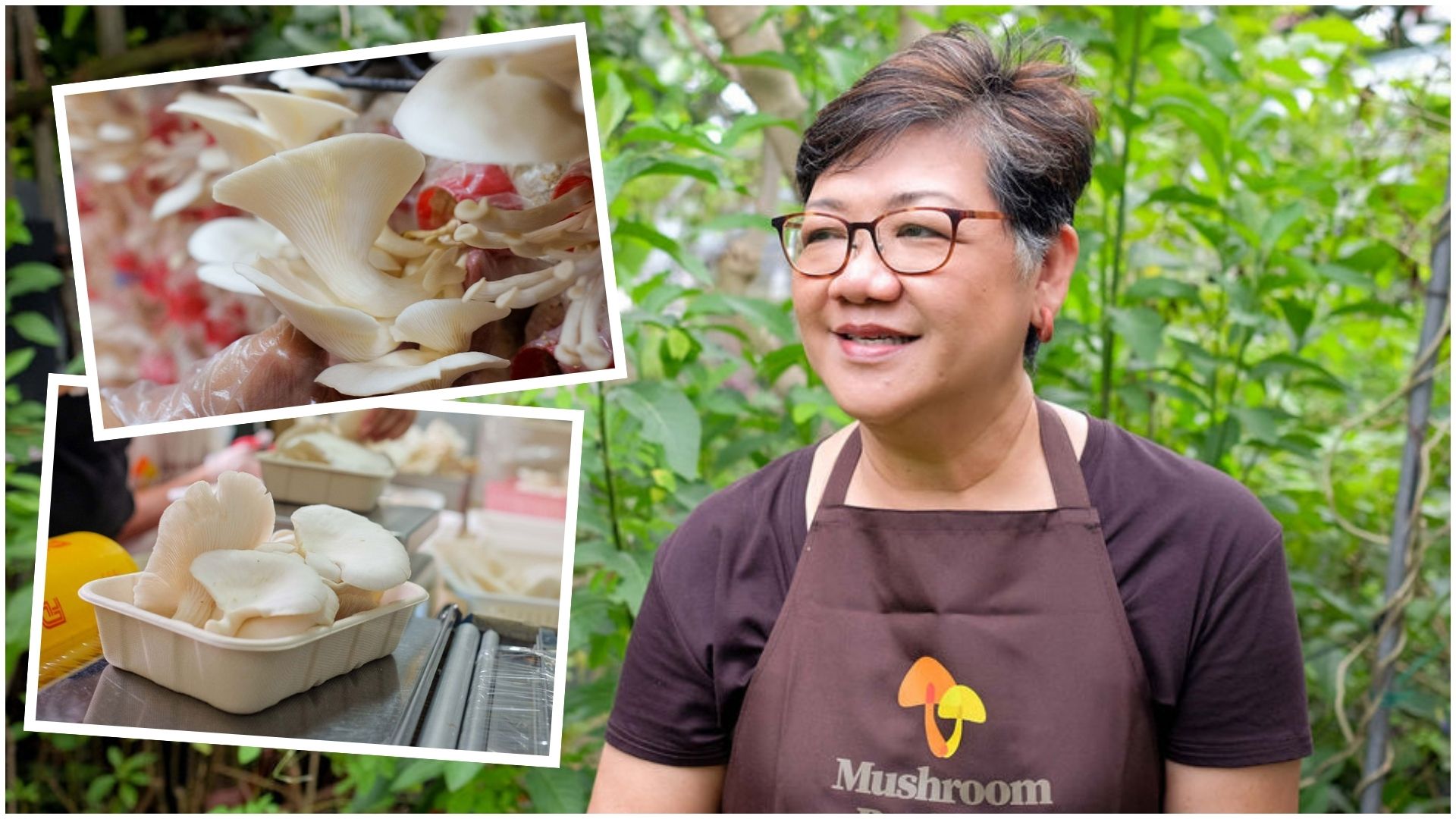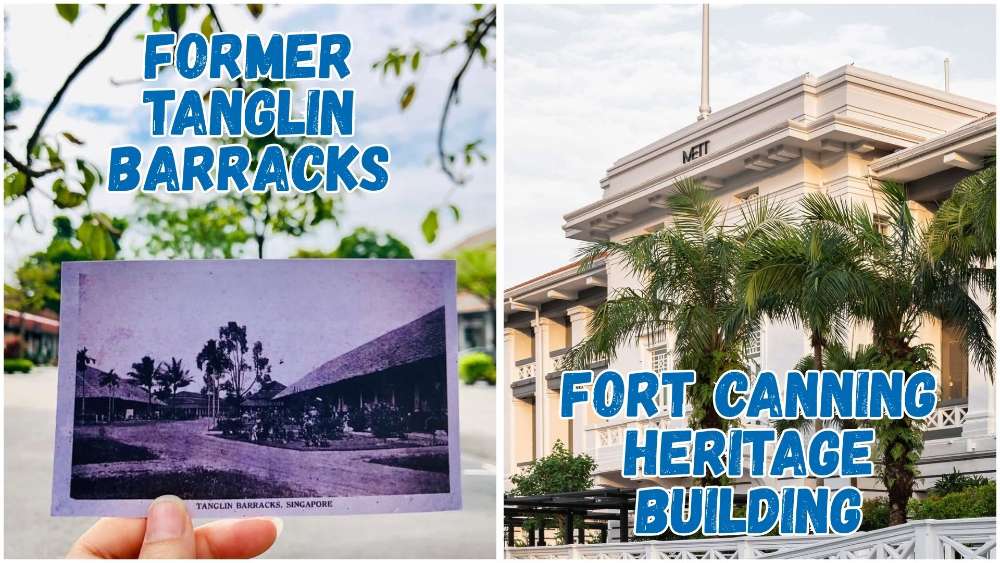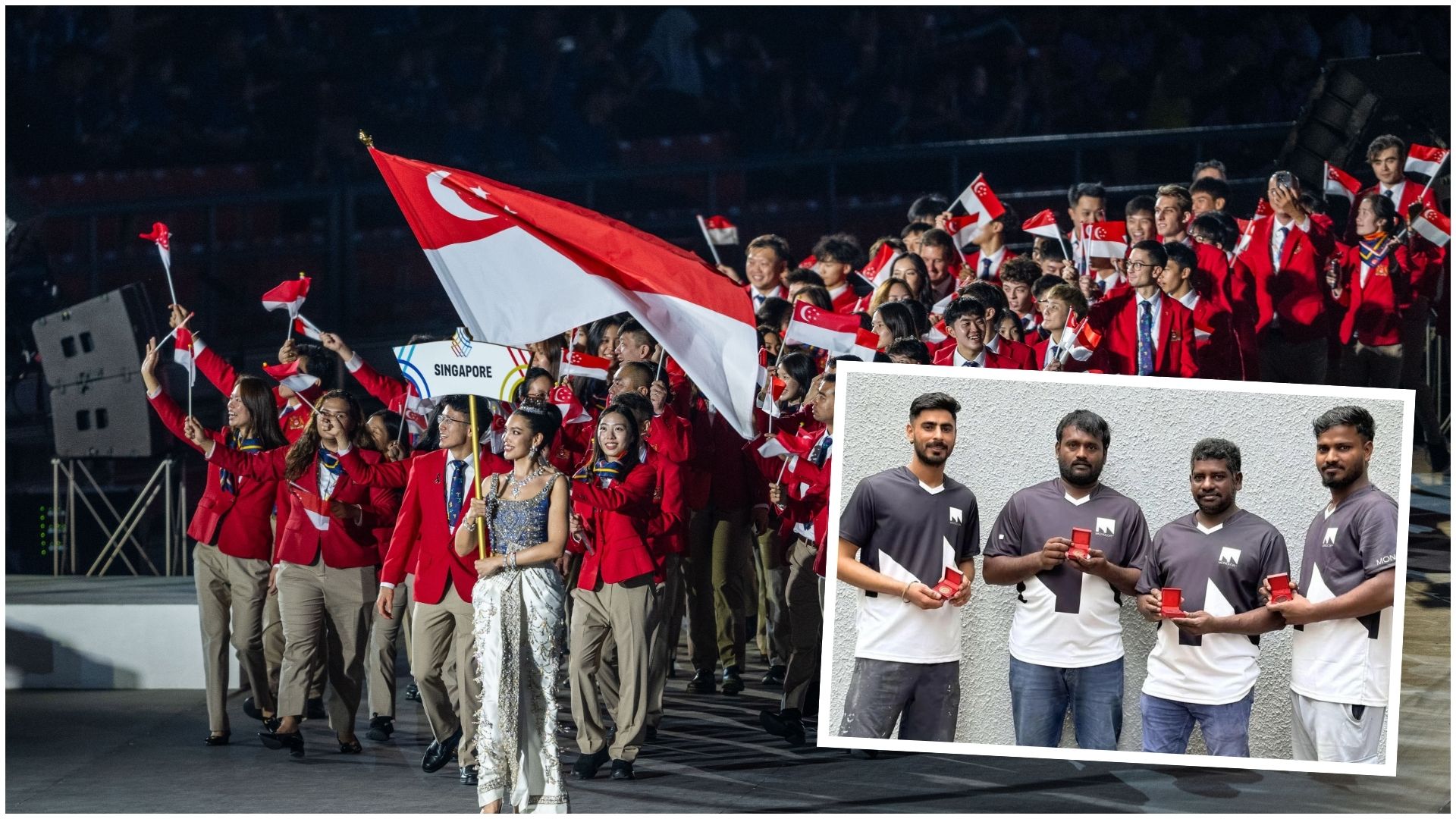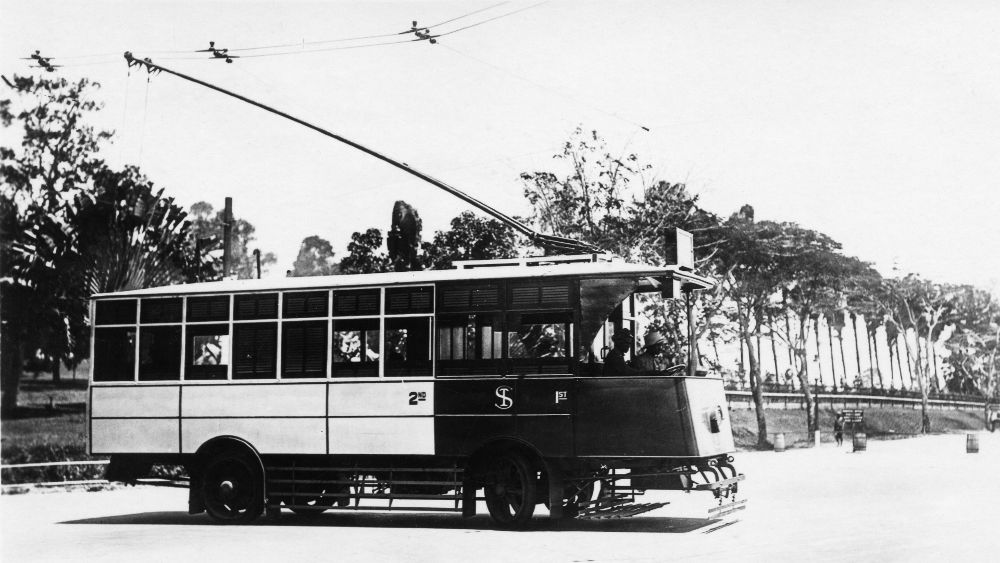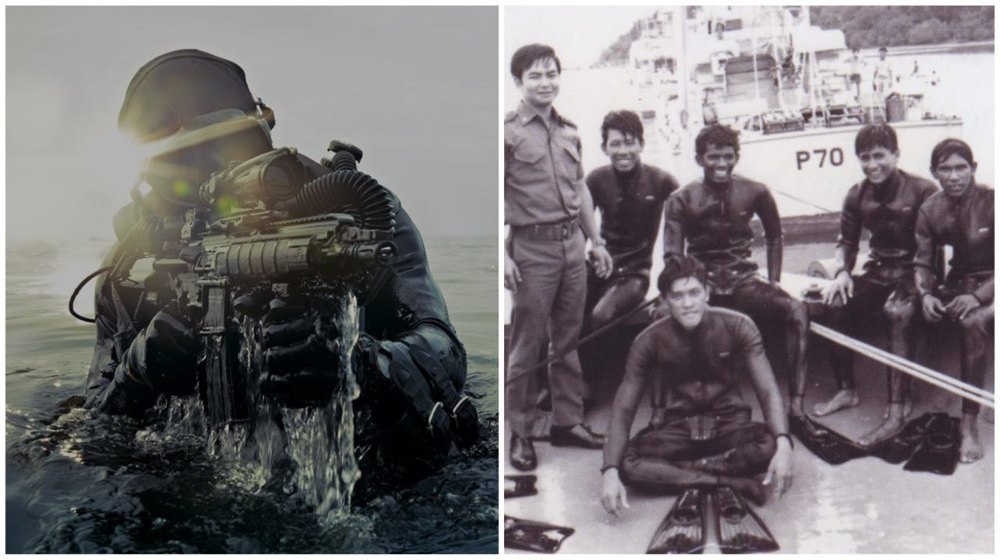5 Singapore Landmarks That Were Former Military Barracks
It’s been over 80 years since the end of World War II, but Singapore’s wartime past still lingers in the historic buildings that stand to this day. Besides the numerous colonial buildings that used to house British military forces and their families, there are also military barracks that have been maintained and repurposed for modern times.
If you’re a history buff like me, it’s super cool to discover the stories behind these landmarks and how they have evolved with the times. Check out these five former military barracks and what's become of them.
Singapore Poly (Princess Mary Barracks)
Then: While I was a student at Singapore Polytechnic, I vaguely recall that the campus had a military past but never really delved further into it.
So it was a pleasant surprise to learn that part of the school was once known as Princess Mary Barracks. Occupied by British soldiers from 1952 to 1970, the barrack block was built in honour of Major-General Richard James Moberly, who co-founded the Royal Signal Corps.
Now: Fun fact: The building was renovated in 2008 and reopened as a student recreational centre, exactly a year before I enrolled in SP.
There I was, spending my class breaks playing Guitar Hero or just lounging around in the Moberly Block, blissfully unaware of its military past.
I do recall a mini-museum in the building displaying military memorabilia, but I never put two and two together. Learning this bit of trivia nearly a decade later is certainly mind-boggling.
Dempsey Hill (former Tanglin Barracks)
Then: Construction for the former Tanglin Barracks began in 1860 under the supervision of Colonel George Chancellor Collyer. They housed the British garrison infantry battalion until the Japanese forces took over the buildings in 1942. Post-war, the British would regain possession of the units before finally handing them over for good to the local government in the 1970s.
Soon after, the site became the headquarters of a number of government agencies, including the Ministry of Defence, the Central Manpower Base, and the Ministry of Foreign Affairs (MFA).
Now: The Dempsey Hill that you see today is the result of a redevelopment in the 2000s, which saw the area transform into a commercial cluster, featuring lifestyle, dining, education services, and arts establishments.
While you’re more likely to bring your partner out for an atas date than see any government or military officials mulling around, Dempsey Hill still retains its old-world charm thanks to the secluded location and lush greenery.
If you'd like to learn more about the area's rich military history, check out Dempsey Hill's informative heritage timeline here.
Gillman Barracks
Then: Gillman Barracks was built in 1936 to house the British’s 1st Battalion before World War II. Named after General Sir Webb Gillman, a renowned officer in the British army, the barracks also served as married quarters and even had recreational facilities for the servicemen to unwind.
During World War II, the Barracks and its surrounding area were actually one of the last British posts to survive before they were ultimately taken over by the Japanese.
Thankfully, the barracks remained intact even after the war and were eventually taken over by the Singapore Armed Forces as a training site.
Now: Gillman Barracks has pretty much been reinvented as a popular haunt for contemporary art lovers.
These days, you will find row upon row of chic art galleries, coupled with cafes and bars. It’s become a popular gathering place for arts festivals and culture-related events, giving the venue a sophisticated vibe.
METT Singapore
Then: Everyone knows about The Battlebox, the underground command centre in Fort Canning Park, but the nearby METT Singapore (formerly known as Hotel Fort Canning) has its own history that’s tied to the British military.
Built in 1926, it was then known as the Administration Building of the British Far East Command Headquarters. Even the famous Lieutenant-General Percival had an office in this building.
Post-independence in 1965, the building was taken over by the Singapore Armed Forces. Later, it was used by the Singapore Command and Staff College (SCSC). Afterwards, it remained vacant for nearly 20 years until 1995, when it was converted into the Fort Canning Country Club.
Now: After extensive restoration works, the heritage building is now known as METT Singapore. While it’s a bit on the pricier side, there’s no doubt the world-class service and city centre location make it a worthwhile stay.
Sentosa (Sentosa Blakang Mati Artillery Barrack)
Then: Blakang Mati Artillery Barrack got its name from Sentosa’s former Malay namesake. Built in 1904, it’s situated at Gunner Lane, off Artillery Road, in what would become present-day Sentosa,
As an island outpost for the British artillery unit, its main role was to fend off sea attacks from the south. It would remain operational even after the war. In 1970, the entire Sentosa island would be redeveloped into a tourist attraction, and the rest, as they say, is history.
Now: Sentosa’s Tourism Agency took over the barrack premises in 2005 and restored the building to its former glory. Then, in August 2012, it was converted into a brand new hotel.
These days, the area features a number of hotels with names that pay tribute to their military past, including The Outpost Hotel at Sentosa and The Barracks Hotel.
For the latest updates on Wonderwall.sg, be sure to follow us on TikTok, Telegram, Instagram, and Facebook. If you have a story idea for us, email us at [email protected].




